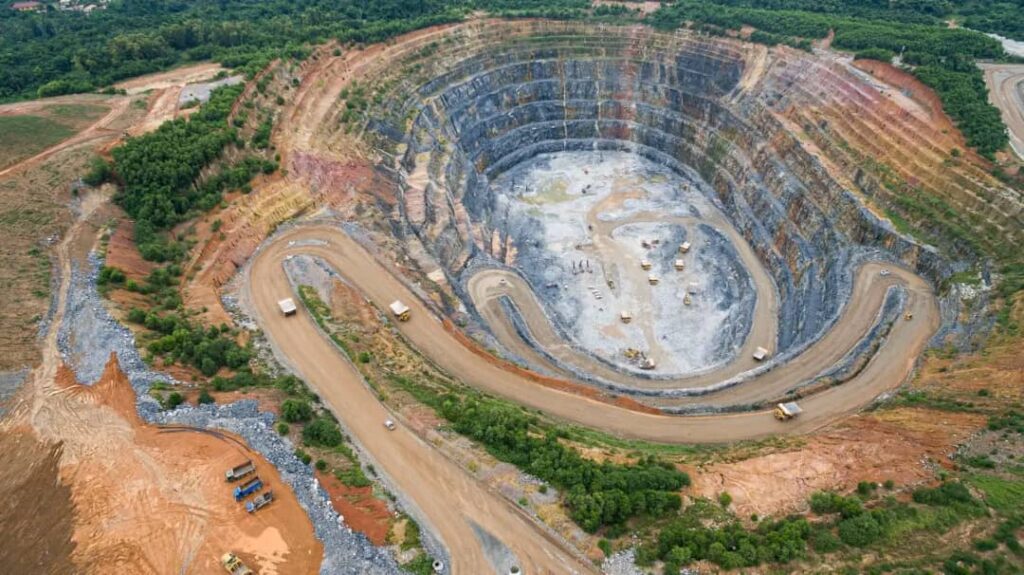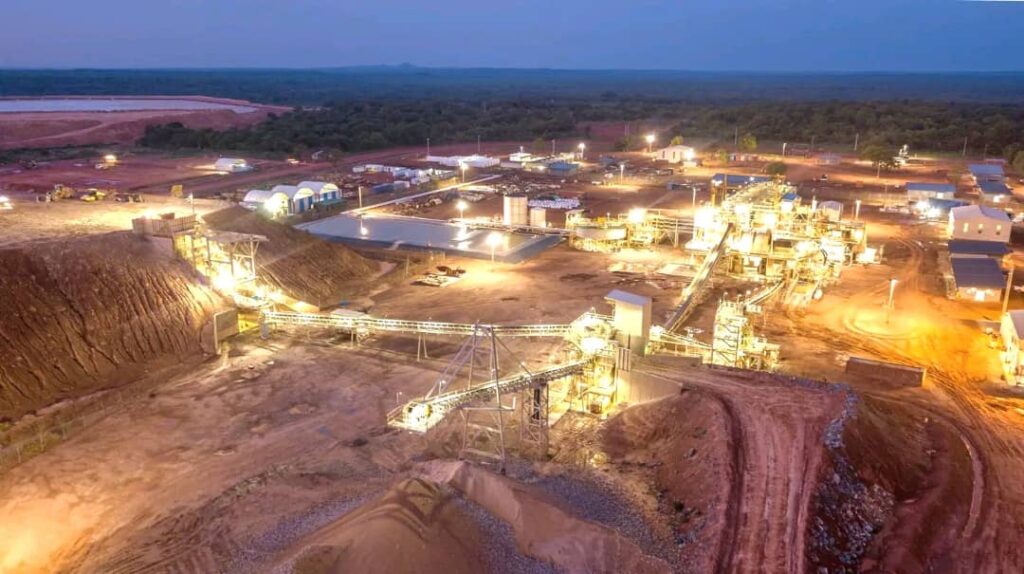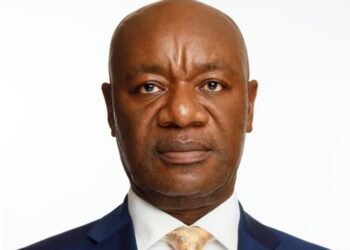Perseus Mining Ghana has released its June 2025 Quarterly Report, offering a comprehensive overview of operational performance at the Edikan Gold Mine.
The report reflects a challenging quarter marked by declining production and increased costs, even as gold sales and revenues remained steady due to favourable pricing.
“Edikan produced 38,865 ounces of gold at a production cost of US$1,060 per ounce and an AISC of US$1,482 per ounce during the quarter.
“Edikan’s production was down and AISC was up compared to the previous quarter.”
Perseus Mining June 2025 Quarterly Report
The report acknowledged a 7% drop in gold production and a 26% rise in AISC compared to the prior quarter.
Despite these setbacks, Edikan managed to sell 42,033 ounces of gold, 4% more than in the previous period, at a weighted average realised price of US$2,932 per ounce.
This elevated gold price, US$381 higher than the preceding quarter contributed to an average cash margin of US$1,451 per ounce and resulted in a notional cashflow of US$56 million, only 2% below the prior quarter’s figure.
Operationally, Edikan’s challenges were tied to the transition from the AG and Fetish pits to the new Nkosuo pit.

According to the report, “the head grade of processed ore declined from 0.95 grams per tonne to 0.86 g/t, while gold recovery fell slightly from 88.3% to 87.9%.” Throughput also dipped marginally to 794 tonnes per hour, and mill run-time showed a modest improvement to 93%, up from 90%.
“AISC for the quarter was US$1,482 per ounce, US$305 per ounce higher than the previous quarter.
“This increase reflects the transition from the AG and Fetish pits to the Nkosuo pit, resulting in a higher strip ratio during early-stage mining and lower recovery from processing oxide material rather than fresh ore that was mined in AG and Fetish.”
Perseus Mining June 2025 Quarterly Report
Compounding these operational shifts, heavy rains disrupted mining schedules and led to the use of lower-grade stockpiles, further weakening head grades and output.
Government Eases Land Disputes

Land access issues also played a pivotal role in the quarter’s subdued performance. Mining at the Nkosuo deposit was hindered by unresolved compensation negotiations with landowners and farmers.
Progress in this regard had lagged, but the report confirmed that “subsequent to the end of the quarter, the Ghanaian government has intervened, and a resolution is considered imminent.”
Once land access is secured, Perseus anticipates gaining access to higher-grade material, which could improve performance in the next quarter.
Perseus completed mining in the current phase of the Fetish Pit and redirected equipment to the Nkosuo area.
The report noted that final mining activities in the AG Pit were delayed due to persistent wet conditions but are expected to resume shortly.
Looking ahead, the company is developing plans for further cutbacks at the Fetish pit and initiating future operations at the Esuajah North Pit.
Resource Estimates Remain Stable

In assessing the mineral resource to mill reconciliation, the report revealed that “ore tonnes processed during Q4 FY25 exceeded predictions by 10%, but with an 11% reduction in head grade, resulting in 2% less contained gold.”
These discrepancies were largely attributed to constraints at the bottom of the Fetish pit and unforeseen interactions with historical artisanal workings in the Nkosuo deposit.
However, the report reassured that despite short-term volatility, “the 12-month performance remains within an acceptable range,” with block model estimates aligning closely with actual milled grades.
Despite the shortfall in production and increased costs, Perseus remains optimistic about future performance.
The company continues to express confidence in the long-term viability of the Edikan operation, citing ongoing investments in infrastructure and mine development.
The quarterly report underscores the complexities of transitioning between mining zones and the delicate balance between operational performance, cost management, and stakeholder relations.
While the current quarter posed headwinds, the company’s strategic focus on improving land access, recalibrating mine plans, and optimising operational processes signals a proactive approach to sustaining profitability.
READ ALSO: IMF Urges BoG to Hold Tight on Policy Rate to Cement Disinflation Gains



















